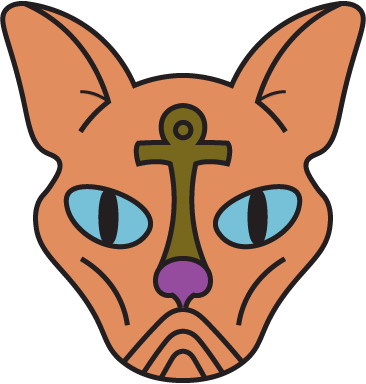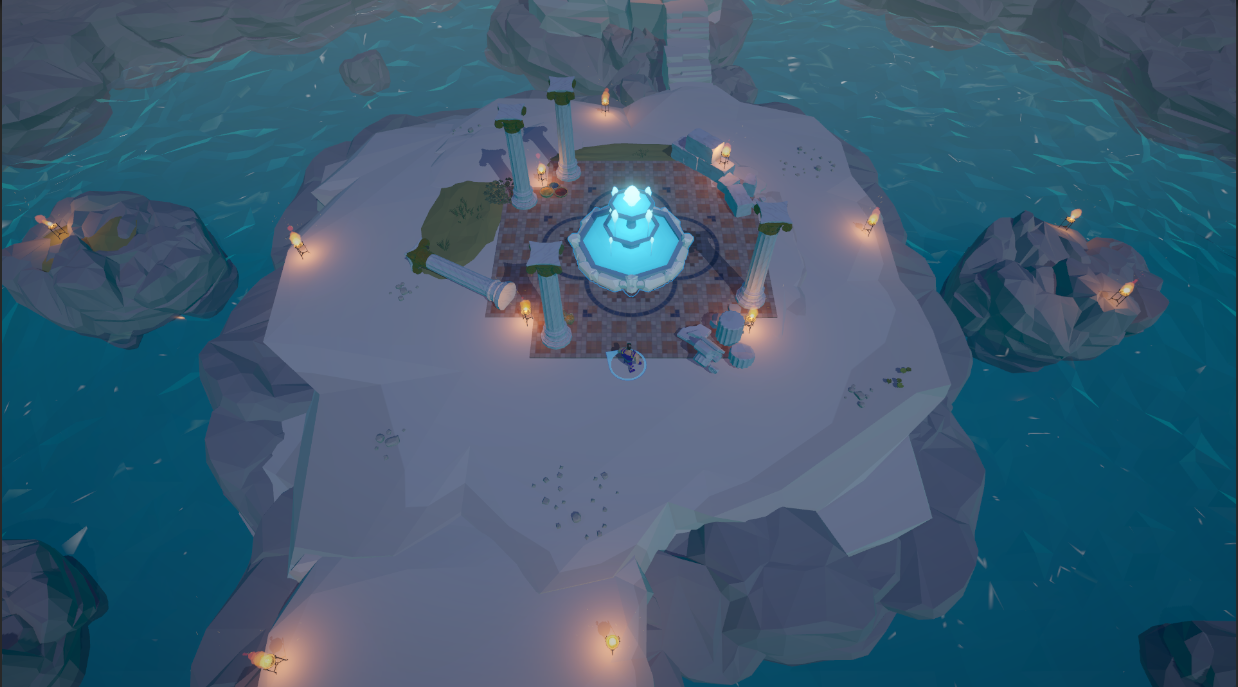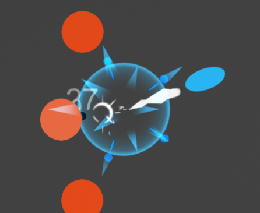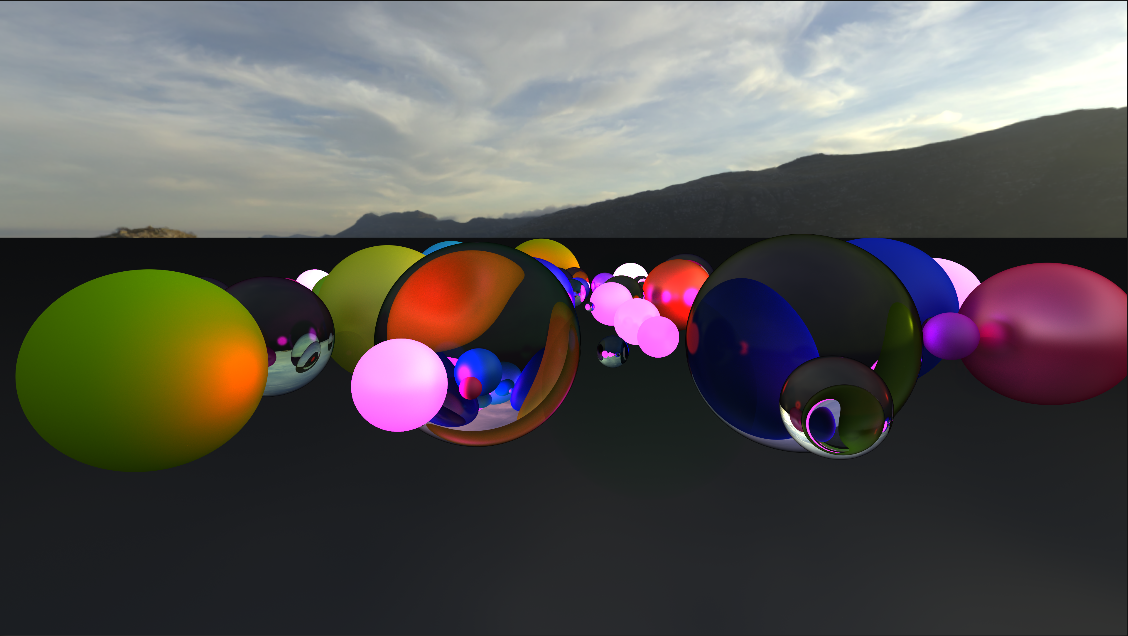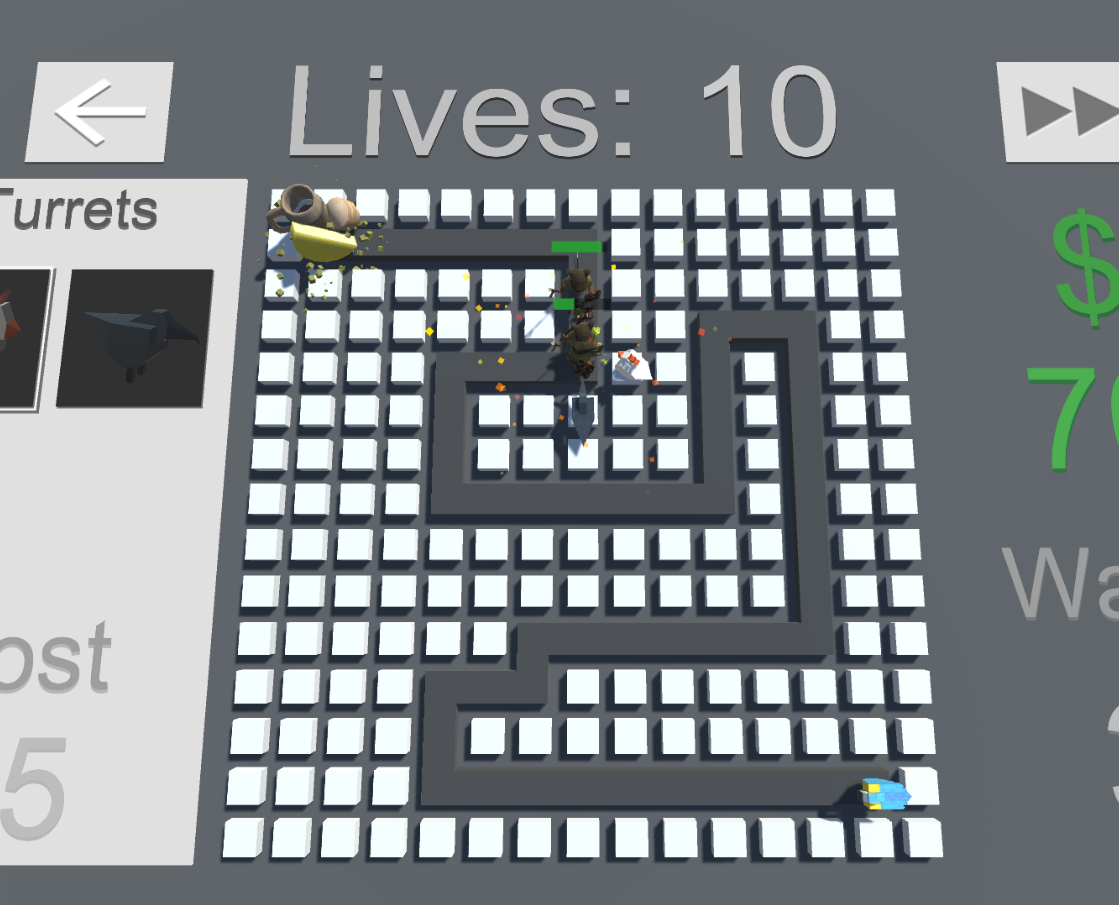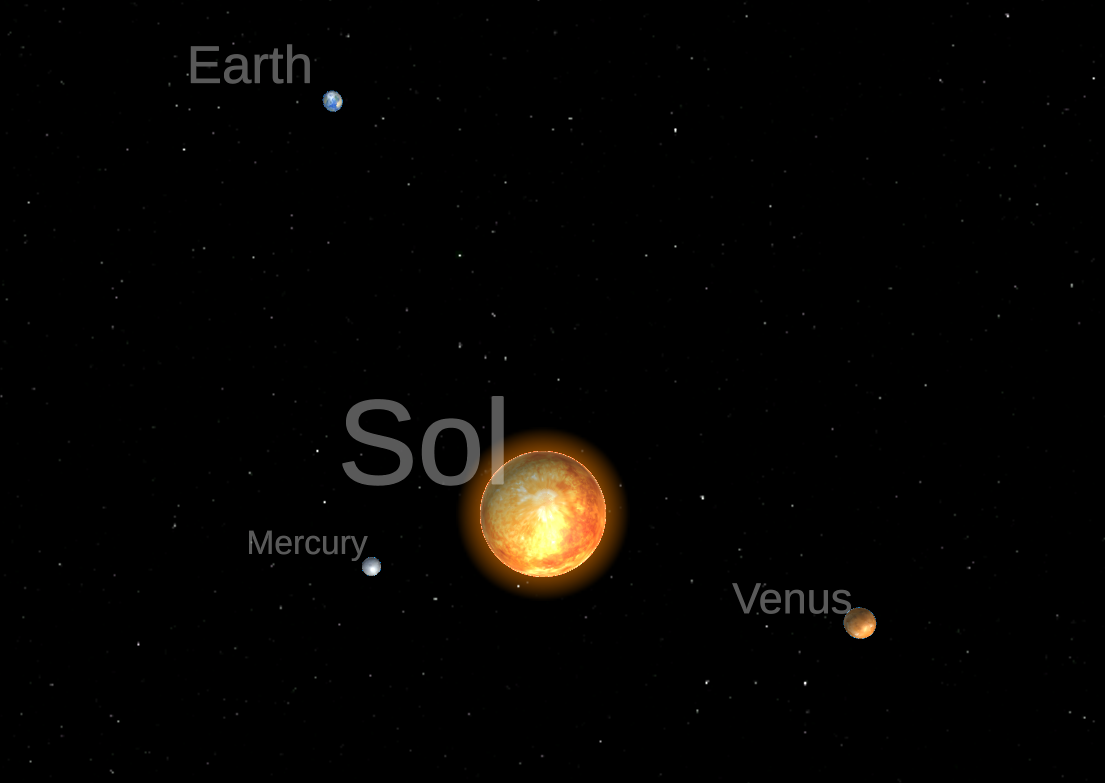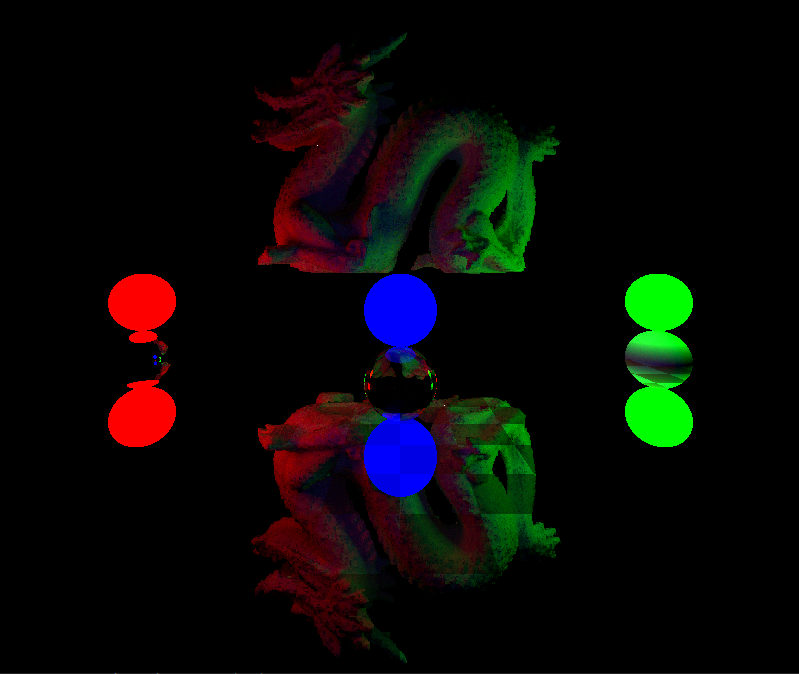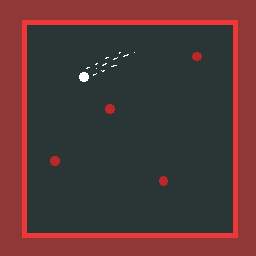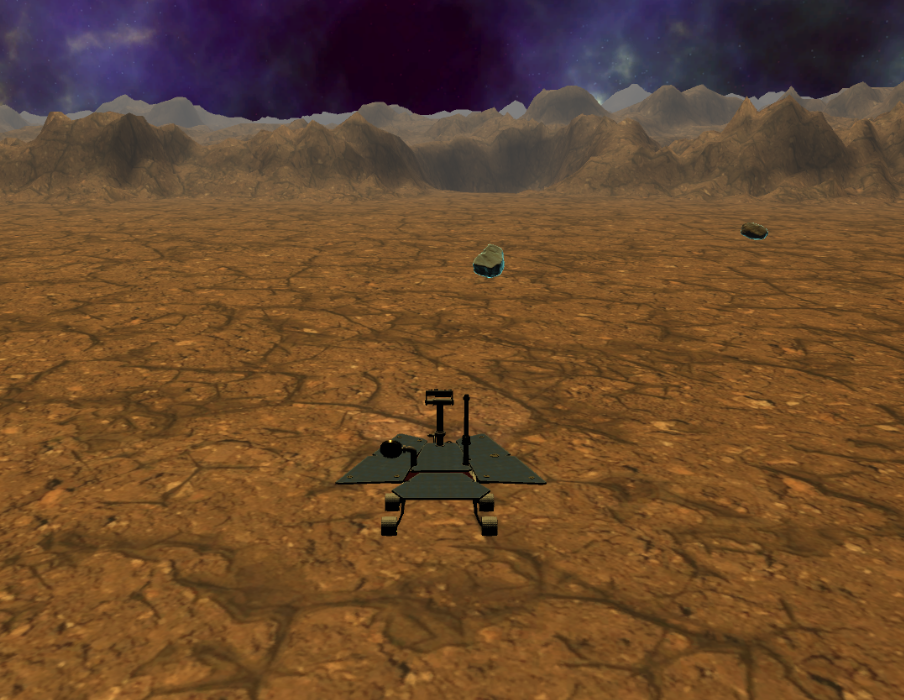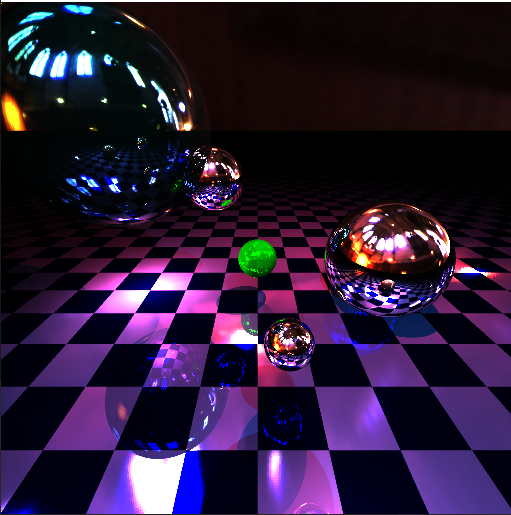Temple of Bastet was an ambitious hobby project aimed at extending my game design and development skills. The project envisioned a blend of exploration, defense, and resource management, set in an Egyptian-themed world where the player embodies Bastet, the goddess of protection and fertility. While the scope of the game ultimately proved too large for my available time and experience, it served as a rich learning experience.
Gameplay Overview
- Setting: The game takes place in an Egyptian-inspired world where the Temple of Bastet has been raided, scattering powerful artifacts.
- Objective: Players retrieve these artifacts while defending their remaining treasure. Artifacts serve dual purposes: empowering the player and ensuring their life force.
- Dynamic Mechanics:
- Players begin with minimal abilities and progressively regain powers as they recover artifacts.
- Gameplay evolves as players strategically place and defend treasures, balancing exploration and defense.
Progress and Features
The following features have been developed for the project.
Player Movement
- Implemented fluid WASD movement with a dash ability for dynamic navigation.
- Developed a foundational animation rig, streamlining character animation workflows.
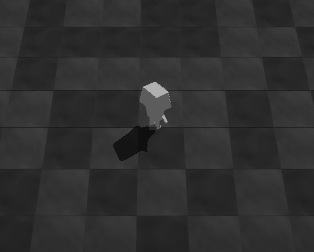
Combat System
- Designed a flexible combat system using Unity’s ScriptableObjects, allowing for easy swapping and extension of player abilities.
- Developed enemies with basic AI, including patrolling, chasing, and attacking behaviors.
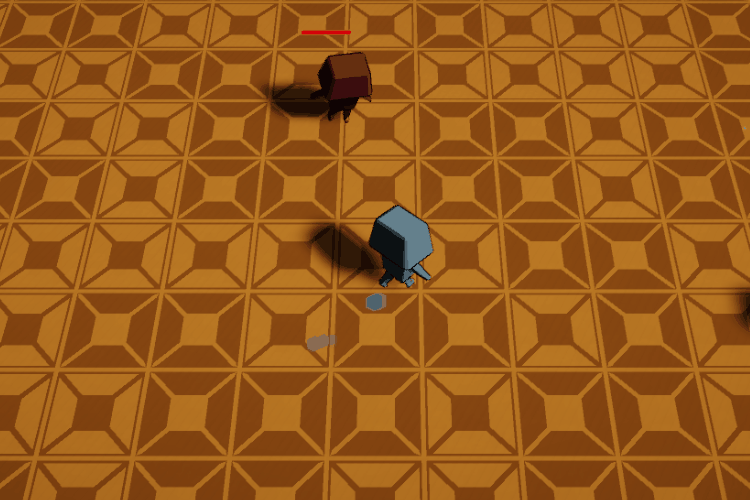
Souls and Treasure System
- Introduced a soul system where collected souls act as both resources and a source of player power.
- Designed the soul cannister using Unity’s VFX and Shader Graphs, creating a visually impactful object.
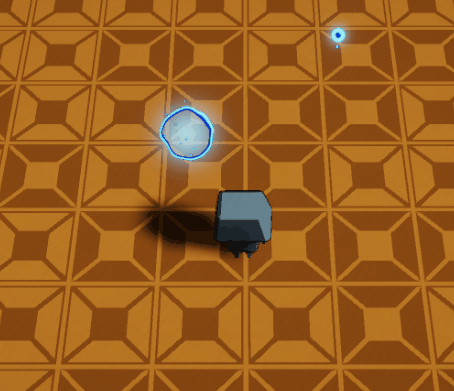
Environment Design
- Created modular tilemaps and a tile palette system for efficient level design.
- Developed destructible environment pieces, such as pots that drop souls.
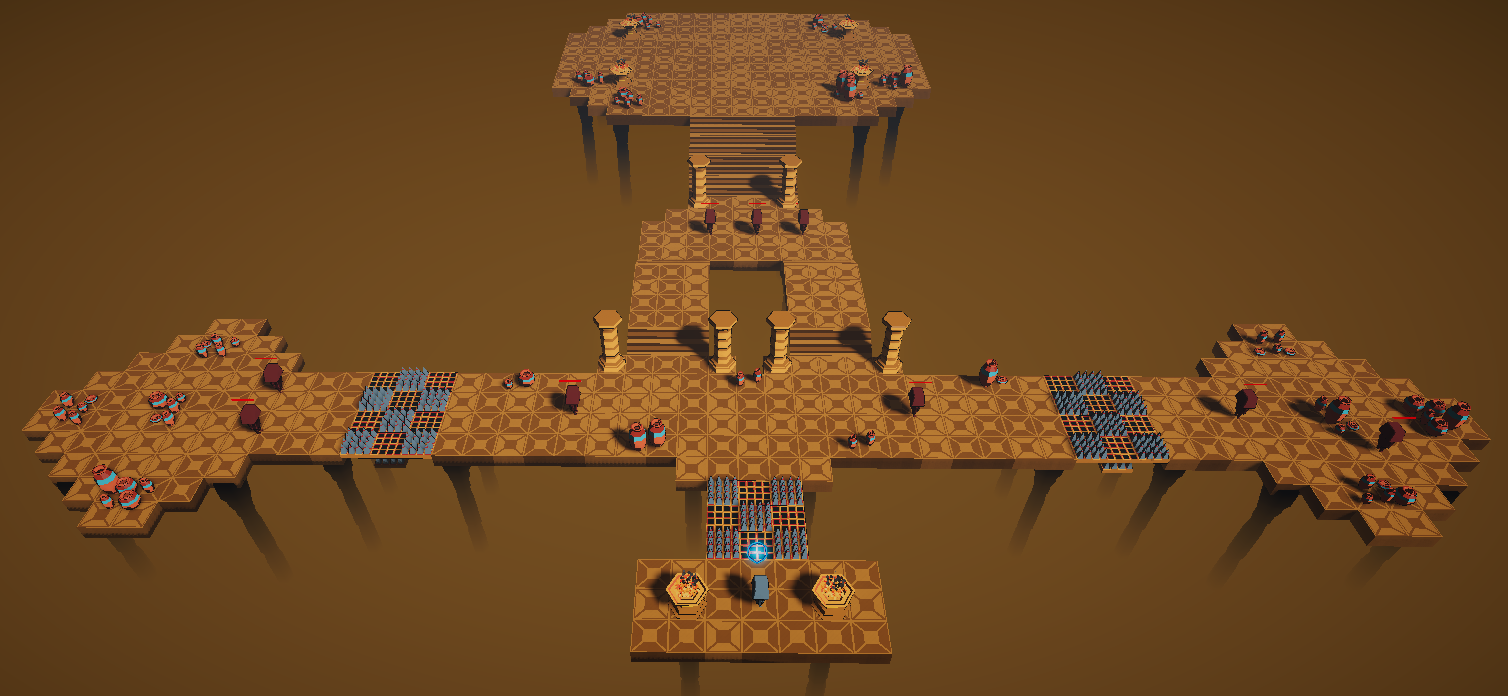
Challenges and Reflections
The project faced several challenges:
- Scope Management: The ambitious nature of the project exceeded the time and experience I could dedicate to it as a solo developer.
- Skill Gaps: While I learned a lot about Unity’s VFX tools, tilemaps, and combat systems, the lack of prior experience in some areas slowed progress.
- Iterative Development: Balancing exploration and defense mechanics in a fun and intuitive way required more iterations than initially expected.
Despite these challenges, the project taught me valuable lessons about scoping, project management, and technical workflows in Unity.
Outcome
After three months of development, I decided to halt the project. While Temple of Bastet remains incomplete, the experience gained from it has significantly shaped my future projects. The game remains a concept I may revisit with more refined skills and a clearer scope.
Screenshots

Player Movement: Early gameplay showing WASD movement and dashing mechanics.

Combat System: Player and enemy interactions with attacks and dynamic AI behavior.

Soul Collection: Retrieve souls while balancing the risk of losing your soul cannister.

Treasure Room: A designed room showcasing destructible objects and environmental details.
Source Code
Explore the source code for Temple of Bastet on BitBucket.
